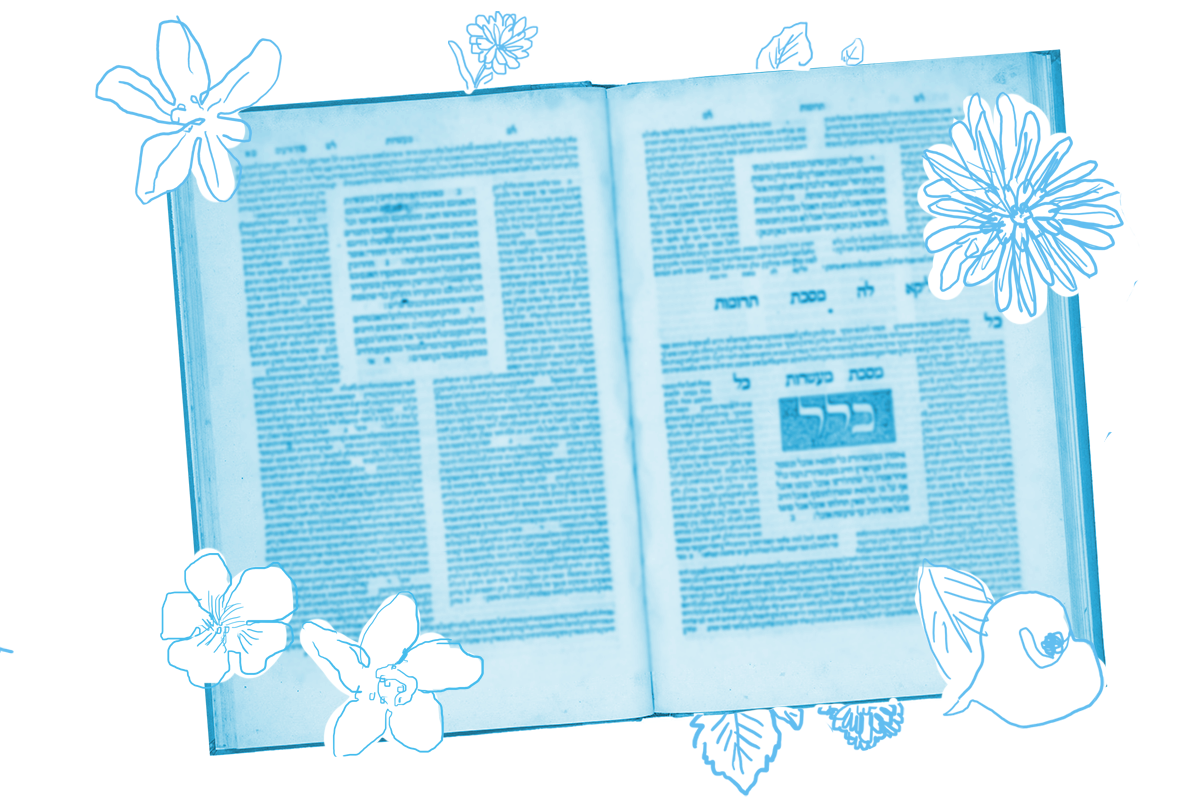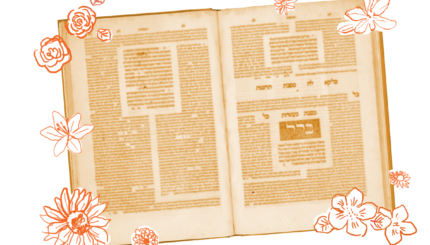What should the courts do if someone mistakenly performs yibbum with someone they were not supposed to marry?
The mishnah on Yevamot 26a teaches that in the case of four brothers, two of whom married sisters and then died childless, the remaining two brothers perform haliztah and may not enter levirate marriage with the widows. Since each surviving brother is now theoretically obligated to marry both widows, and the widows are sisters, and a man is biblically prohibited from marrying two sisters, neither man can perform yibbum.
But what if the two brothers don’t know the rabbis’ legal reasoning (or they don’t care) and each marries a widowed sister? The mishnah explains:
And if they married before consulting the court, they should divorce.
Rabbi Eliezer says: Beit Shammai say he may remain married to her, while Beit Hillel say they divorce.
Today’s daf interrogates this dispute between our old friends, Beit Hillel and Beit Shammai. Do brothers, married to sisters who are both yevamot (widows of their other two brothers), need to divorce those women? Our daf cites a tradition also found in the Tosefta, a collection of rabbinic teachings that closely parallels the Mishnah. In fact, it starts out the exact same way, but then adds a third rabbinic opinion:
Rabbi Eliezer says: Beit Shammai say they may remain married to them, and Beit Hillel say they should divorce them.
Rabbi Shimon says: They may remain married.
According to this tradition, Rabbi Shimon seems to agree with Beit Shammai. But then, the Gemara introduces a twist! Abba Shaul offers a different version of the tradition:
Beit Shammai say they should divorce them, and Beit Hillel say they may remain married to them.
The alternate version reverses the positions of Hillel and Shammai. This inconsistency between rabbinic traditions doesn’t just offer us a theoretical question about who said what. Since the halakhah almost always follows Beit Hillel, knowing exactly which position is his is vitally important.
In the scenario under discussion, both men have already married their (prohibited) yevamot. By the time the court discovers what has happened, the couples might be emotionally committed and even pregnant! Are they required to divorce anyway? It depends on what Beit Hillel actually said.
The second version of the tradition creates another challenge too: If we have two versions of the dispute between Beit Hillel and Beit Shammai, then who exactly did Rabbi Shimon intend to agree with? Beit Hillel? Beit Shammai? And if both positions had already been articulated, then what did he add to the discussion?
The Gemara now adds a second twist! The Gemara explains that Rabbi Shimon was actually not siding with either party but saying something completely different, that Beit Shammai and Beit Hillel did not disagree!The Gemara thinks that Rabbi Shimonactually rejected the dispute entirely, and claimed that the unnamed tanna in the mishnah, and implicitly Beit Shammai, and Beit Hillel too, required that the men must divorce their new wives. This would make him the sole dissenter on that point.
The Gemara has now offered three different versions of the debate over what the brothers should do. So then what is the halakhah?
Unfortunately, the law here doesn’t get any clearer. In his 16th century Jewish legal code the Shulchan Aruch, Rabbi Joseph Caro states, “If they went and did yibbum each with one of the sisters, we make them leave them. Some say we don’t make them leave.”
Read all of Yevamot 28 on Sefaria.
This piece originally appeared in a My Jewish Learning Daf Yomi email newsletter sent on April 4th, 2022. If you are interested in receiving the newsletter, sign up here.



